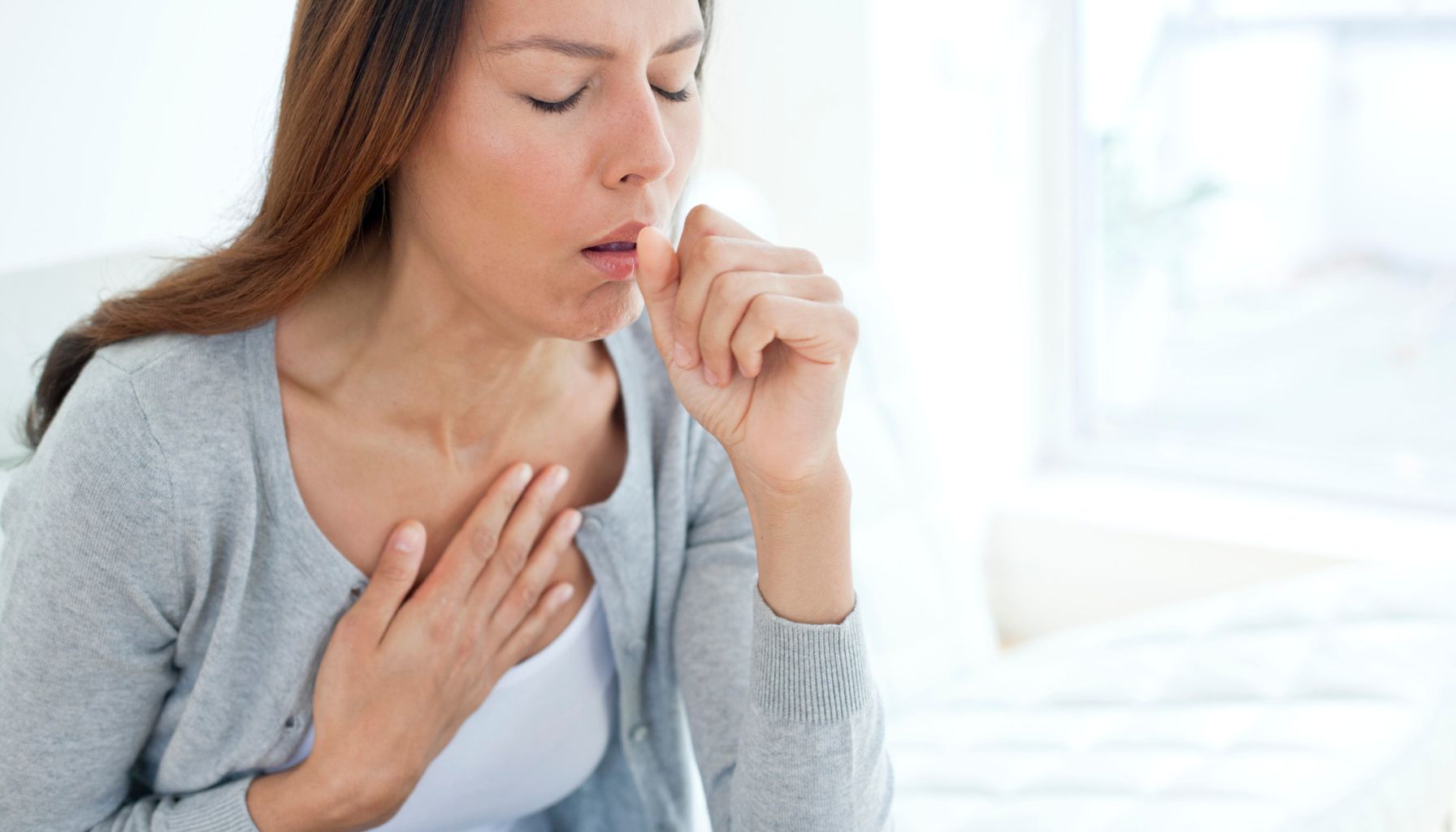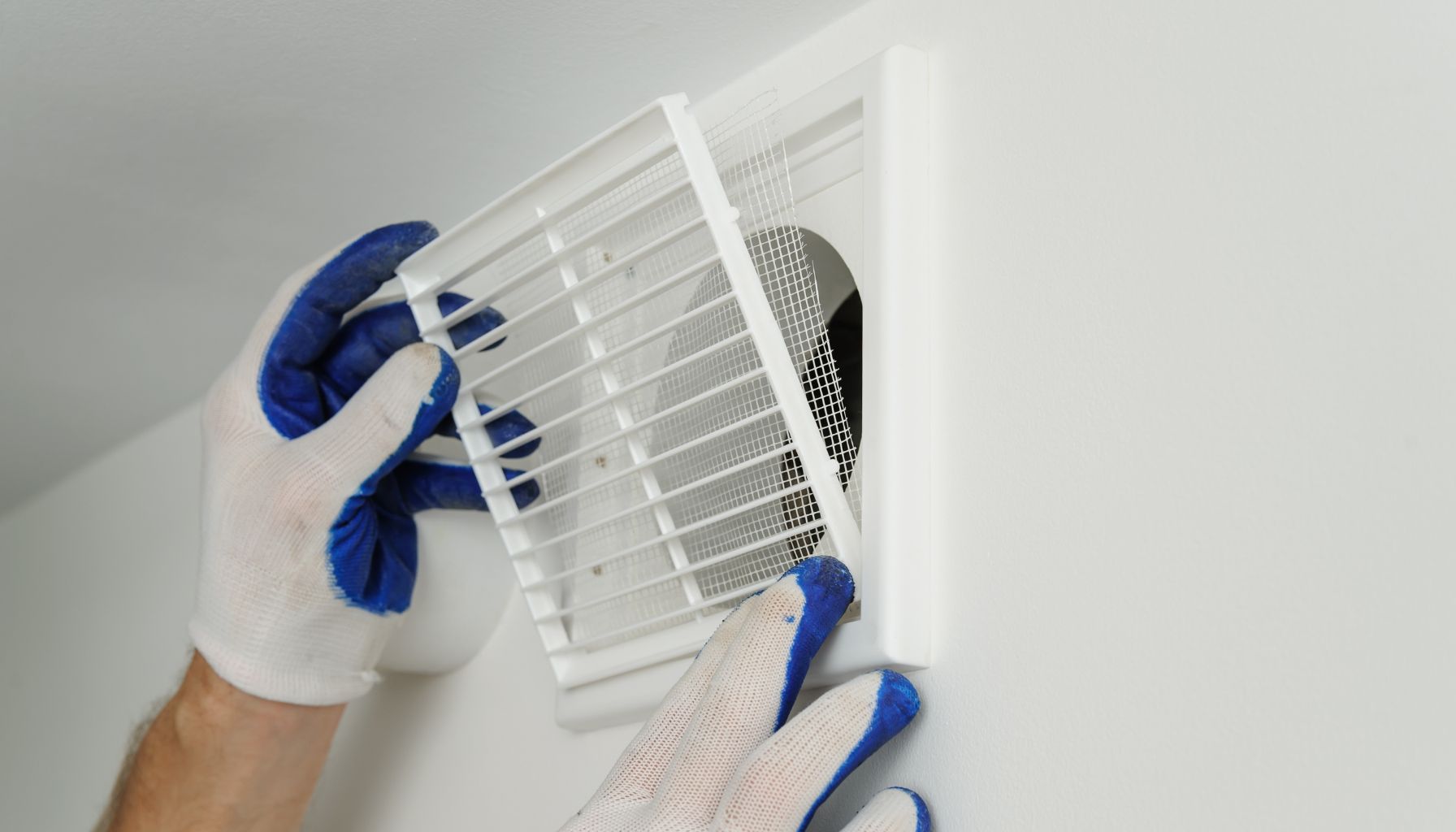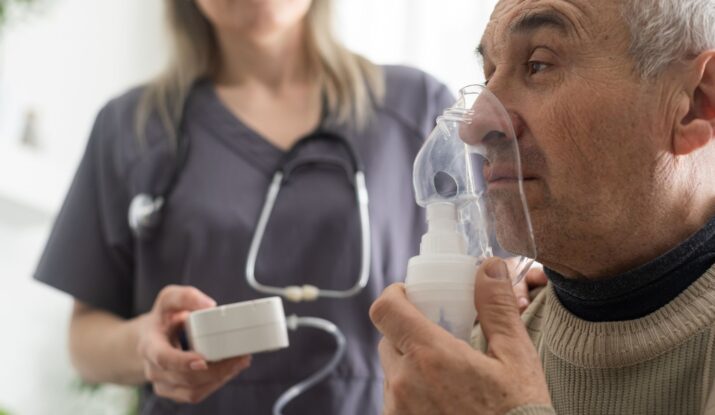Getting To Know Mold’s Health Risks
Mold exposure may be more detrimental to your health than you realize. In this article, we will explore the various health risks associated with mold exposure, shedding light on the potential dangers lurking in your home or workplace.
From respiratory problems and allergic reactions to more severe complications, such as asthma and lung infections, it is crucial to understand the impact that mold can have on your overall well-being. So, grab a cup of tea and get ready to learn how to protect yourself and your loved ones from the hidden dangers of mold.
What is Mold?
Defining Mold
Mold is a type of fungus that thrives in moist and damp environments. It is a natural part of the environment and plays a role in breaking down organic matter. While some molds are harmless, others can cause health problems when present in large quantities and when exposed to for a prolonged period of time.
Common Types of Mold
There are several common types of mold that can be found indoors. These include Aspergillus, Penicillium, Cladosporium, and Stachybotrys chartarum, also known as black mold. Each type of mold has its own unique characteristics and can pose different health risks when exposed to.
Where Mold is Typically Found
Mold can be found in a variety of places both indoors and outdoors. Indoors, mold can often be found in areas with high humidity such as bathrooms, basements, and kitchens. It can also grow on damp materials such as carpets, wallpaper, and insulation. Outdoors, mold can be found in soil, decaying leaves, and other organic matter.

The Process of Mold Growth
Conditions for Mold Growth
Mold requires certain conditions to grow and thrive. These conditions include moisture, a food source (such as organic materials like wood, paper, or fabric), and a moderate temperature range. When these conditions are met, mold spores can begin to grow and multiply.
How Mold Spreads
Mold spreads through the release of tiny spores into the air. These spores can easily become airborne and spread to other areas of the environment. They can also be transported through air currents, on clothing, or by attaching to pets or other animals. Once the spores land on a suitable surface, they can start growing and forming new colonies.
How Mold Exposure Occurs
Inhalation of Mold Spores
The most common way people are exposed to mold is through inhalation of mold spores. When mold is disturbed or when it releases spores into the air, these spores can be inhaled into the respiratory system. This can happen both indoors and outdoors, and even in places with minimal visible mold growth.
Direct Contact with Mold
Another way mold exposure can occur is through direct contact with mold. This can happen when you touch or come into physical contact with mold-contaminated surfaces or objects. For example, if you touch moldy walls or furniture, the spores may transfer to your skin and potentially cause health problems.
Ingestion of Mold
Ingestion of mold can also lead to exposure and potential health risks. This can happen when you consume food or drinks that are mold-contaminated. Mold can grow on various food items, especially if they are left out in warm and humid conditions for an extended period of time. Ingesting moldy food can lead to gastrointestinal issues and other health complications.
Common Symptoms of Mold Exposure
Respiratory Problems
One of the most common symptoms of mold exposure is respiratory problems. This can include coughing, wheezing, chest tightness, and shortness of breath. These symptoms are often more pronounced in individuals with pre-existing respiratory conditions such as asthma or allergies.
Allergic Reactions
Mold exposure can also trigger allergic reactions in some individuals. These reactions can include sneezing, runny nose, itchy or watery eyes, and skin rashes. Allergic reactions can vary in severity and may require medical intervention depending on the individual’s response.
Neurological Symptoms
In some cases, mold exposure can also lead to neurological symptoms. This can include headaches, dizziness, difficulty concentrating, and memory problems. These symptoms can be particularly concerning and may significantly impact a person’s daily life and overall well-being.
Other Non-Specific Symptoms
Mold exposure can also cause a range of other non-specific symptoms that are not specific to any particular body system. These can include fatigue, muscle aches, joint pain, digestive issues, and mood swings. These symptoms can often be overlooked or mistakenly attributed to other causes, making it important to consider the possibility of mold exposure.
Health Risks Associated with Mold Exposure
Increased Risk of Asthma and Other Respiratory Disorders
Exposure to mold has been linked to an increased risk of developing asthma and other respiratory disorders. This is especially true for children and individuals who are already susceptible to respiratory issues. Prolonged exposure to mold can worsen existing respiratory conditions and make it more difficult to manage symptoms.

Hypersensitivity Pneumonitis
Hypersensitivity pneumonitis is a lung disease caused by an immune system reaction to inhaling certain substances, including mold spores. Prolonged exposure to mold can trigger this condition, leading to symptoms such as coughing, fever, and shortness of breath. If left untreated, hypersensitivity pneumonitis can cause irreversible lung damage.
Risk for People with Weakened Immune Systems
Individuals with weakened immune systems, such as those with HIV/AIDS or undergoing immunosuppressive therapy, are at a higher risk of developing severe health problems from mold exposure. They may be more susceptible to fungal infections, which can lead to serious complications and require prompt medical intervention.
Long-term Health Effects of Mold Exposure
Chronic Respiratory Illness
Long-term exposure to mold can result in the development of chronic respiratory illnesses. These can include conditions such as chronic bronchitis and recurrent pneumonia. Individuals with pre-existing respiratory conditions or compromised lung function are particularly at risk for these long-term health effects.
Mycotoxicosis
Mycotoxicosis refers to the toxic effects of mold and its metabolites on humans. Prolonged exposure to certain types of mold, such as toxic black mold, can lead to mycotoxicosis. Symptoms can range from mild, such as headaches and fatigue, to more severe, including organ damage and neurological problems.
Neurological and Mental Health Problems
Some studies have suggested a potential link between mold exposure and neurological and mental health problems. Prolonged exposure to mold toxins may contribute to cognitive impairments, depression, anxiety, and other mental health disorders. However, more research is needed to fully understand the relationship between mold exposure and these conditions.
Toxic Mold Syndrome
Definition and Symptoms
Toxic Mold Syndrome, also known as Chronic Inflammatory Response Syndrome (CIRS), is a term used to describe a collection of symptoms that some individuals experience as a result of exposure to mold and its toxins. These symptoms can include fatigue, muscle pain, headaches, gastrointestinal issues, and cognitive difficulties.
Diagnosis
Diagnosing Toxic Mold Syndrome can be complex, as it involves ruling out other potential causes for the symptoms and assessing the individual’s exposure history. Medical professionals may evaluate clinical symptoms, perform laboratory tests, and consider the individual’s medical history to make a diagnosis.
Treatment
The treatment of Toxic Mold Syndrome involves addressing both the underlying mold exposure and managing the symptoms. This may include removal of the mold source, improvement of indoor air quality, and medical interventions to manage specific symptoms. Each case is unique, and treatment plans should be tailored to the individual’s particular circumstances.
Preventing Mold Exposure
Effective Ventilation
Proper ventilation is essential in preventing mold growth. Ensure that all areas of your home, especially bathrooms, kitchens, and basements, are well-ventilated. Use exhaust fans and open windows when possible to reduce moisture levels and promote airflow.

Mold-Resistant Building Materials
When building or renovating, consider using mold-resistant building materials. These materials are specifically designed to inhibit mold growth. Examples include mold-resistant drywall, paint, and insulation. By using these materials, you can minimize the risk of mold growth in your home.
Regular Cleaning and Maintenance
Regular cleaning and maintenance of your home can help prevent mold growth. If you notice persistent mold issues, professional mold removal services can ensure thorough remediation and prevent future outbreaks. Keep all surfaces, especially those prone to moisture, clean and dry. Promptly address any water leaks or moisture issues to prevent mold from thriving. Regularly inspect and clean areas such as bathrooms, basements, and crawl spaces to ensure that mold is not present.
Testing for Mold Exposure
When to Test for Mold
Testing for mold exposure may be necessary if you suspect mold growth in your home or if you are experiencing unexplained health symptoms that may be related to mold exposure. If you notice visible signs of mold or if you have a history of water damage or high humidity in your home, it may be prudent to conduct mold testing.
Types of Mold Tests
Different types of mold tests are available to assess mold exposure. These include air sampling, surface sampling, and bulk sampling. Each type of test has its own advantages and limitations, and the choice of test may depend on the specific situation and the information being sought.
Interpreting Test Results
Interpreting mold test results can be complex and may require the assistance of a qualified professional. Results should be interpreted in the context of the individual’s exposure history and symptoms. A professional can help determine if the mold levels pose a health risk and provide recommendations for remediation, if necessary.
Treating Health Problems from Mold Exposure
Medical Treatment
Medical treatment for health problems resulting from mold exposure depends on the specific symptoms and severity of the condition. This may include medications to manage respiratory symptoms, allergy medications, and treatments for underlying infections or complications. It is important to consult with a healthcare professional for proper diagnosis and treatment.
Natural Remedies
In addition to medical treatment, there are several natural remedies that may help alleviate symptoms associated with mold exposure. These can include using air purifiers, utilizing essential oils with antifungal properties, maintaining a healthy diet, and boosting the immune system through lifestyle changes like regular exercise and proper sleep.
Long-term Health Management
For individuals who have experienced health problems from mold exposure, long-term health management is crucial. This may involve ongoing monitoring of symptoms, regular follow-up with healthcare providers, and taking steps to prevent future mold exposure. Additionally, maintaining a healthy lifestyle and managing underlying health conditions can help improve overall well-being.
In conclusion, mold exposure can pose various health risks and may cause a range of symptoms and complications. It is important to be aware of the potential health effects associated with mold and to take necessary precautions to prevent exposure. If you suspect mold growth in your environment or if you are experiencing unexplained health symptoms, it is advisable to seek professional guidance and take appropriate measures to mitigate the risk of mold-related health problems. Remember, a mold-free environment can contribute to a healthier and safer living space for you and your loved ones.
Contact PureOne Services Now
Disclaimer: All PureOne Services locations do not hold all of these listed certifications.



